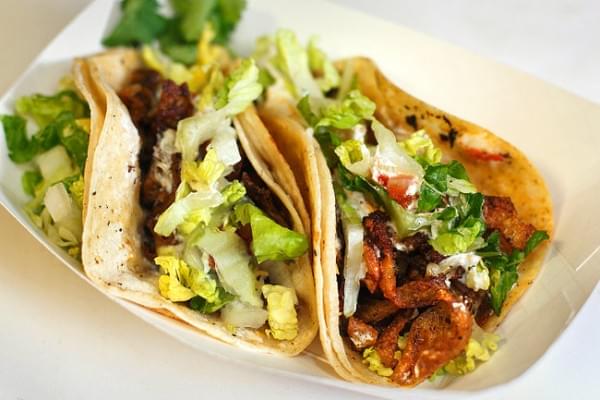The great invention of the century is linked to chicken
And then there are skin people. They are the ones who cannot help themselves around roast or fried chicken, ripping off the crispiest bits of skin before the bird makes it to the table.
Nate Gutierrez, the chef and owner of Nate’s Taco Truck and Nate’s Taco Truck Stop in Richmond, Va., could not stop snacking on the skin left over from his roast chickens. So about six months ago, he decided to make the skin crisp on the flattop and offer it in a taco. The chicken-skin tacos sell out whenever they are on the menu.
By using chicken skin for its texture and powerful flavor in all sorts of dishes, chefs are legitimizing what used to be a guilty pleasure, whether they call it gribenes, yakitori kawa or cracklings.
There is no more-committed evangelist than Sean Brock, executive chef of Husk and McCrady’s in Charleston, S.C. If it can be done in the kitchen, Mr. Brock has done it to chicken skin: He marinates it in buttermilk, then smokes and deep fries for a crunchy appetizer served with hot sauce and honey. He layers it with rabbit in a terrine. His twist on Southern chicken and dumplings includes a block of braised shredded chicken thighs sandwiched between rendered sheets of the stuff.
“Everyone knows deep down that they are closet chicken-skin lovers,” he said. “They just need some help.”
The appetite for chicken skin is a logical outgrowth of fried chicken mania and the fashion for over-the-top foods. Last year, in the aftermath of the KFC Double Down sandwich, a rumor that the chain was testing a “skinwich” flew around the Internet. The rumor was met with disgust and excitement before it was proved to be false.
But the skinwich seems practically restrained next to an invention by Jesse Schenker, the chef and owner of Recette in the West Village: deep-fried, chicken-skin-wrapped gravy, a crunchy parcel with a molten interior. The dish, served with roast foie gras and a black pepper biscuit, is one of the richest in New York and is the only item on Recette’s menu that routinely elicits loud, happy cursing.
“If it weren’t so time-consuming, I’d offer it as the ultimate bar snack, 10 to an order,” he said.
One frustration inherent in cooking with chicken skin is shrinkage. When you render the fat from a piece of skin, it shrivels to about half its size, so you need a lot of it. Most chefs buy it in bulk from distributors when possible. It can be tricky to find a steady supply because the skins left over from chicken processing, like that from the boneless, skinless breasts that dominate the market, usually go into products like chicken sausages and nuggets, or are rendered for animal feed.
Steve Gold, vice president for sales and marketing at Murray’s Chicken, said that he always receives a spike in requests for chicken skin around this time of year, from cooks planning to make gribenes (chicken cracklings) for the Jewish holidays. But he said bulk orders for skins from chefs have increased to two or three a week from near zero a year ago. (Among those chefs is Mr. Schenker of Recette, who buys Murray’s chicken skin through the distributor Endicott Meats.)
Related news
Related news
Ice cream as a season-extending product
🎧 Hallgasd a cikket: Lejátszás Szünet Folytatás Leállítás Nyelv: Auto…
Read more >The stars were shining bright
🎧 Hallgasd a cikket: Lejátszás Szünet Folytatás Leállítás Nyelv: Auto…
Read more >Visit Hungary: Hungarian tourism closes another record year
🎧 Hallgasd a cikket: Lejátszás Szünet Folytatás Leállítás Nyelv: Auto…
Read more >




